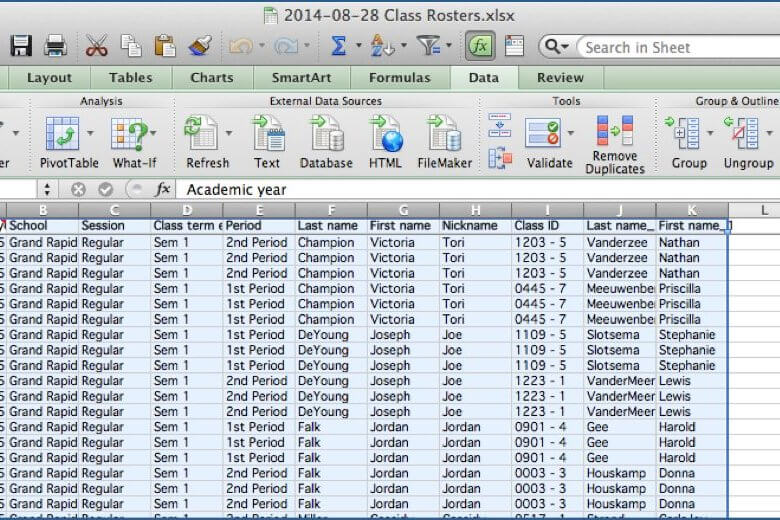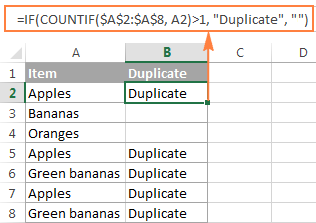
The MATCH function searches for a specified item in a range of cells, and then returns the relative position of that item in the range. Because this function returns an array, it must be entered as an array formula. For example, use FREQUENCY to count the number of test scores that fall within ranges of scores. The FREQUENCY function calculates how often values occur within a range of values, and then returns a vertical array of numbers. For example, if the range of unique values is B2:B45, you enter =ROWS(B2:B45). Use the range of unique values that you just copied as the argument, excluding the column heading.

In the blank cell below the last cell in the range, enter the ROWS function. The unique values from the selected range are copied to the new location beginning with the cell you specified in the Copy to box. Select the Unique records only check box, and click OK.

In the Copy to box, enter a cell reference.Īlternatively, click Collapse Dialog to temporarily hide the dialog box, select a cell on the worksheet, and then press Expand Dialog. On the Data tab, in the Sort & Filter group, click Advanced. Make sure the range of cells has a column heading. Select the range of cells, or make sure the active cell is in a table. Then you can use the ROWS function to count the number of items in the new range.

You can use the Advanced Filter dialog box to extract the unique values from a column of data and paste them to a new location.


 0 kommentar(er)
0 kommentar(er)
